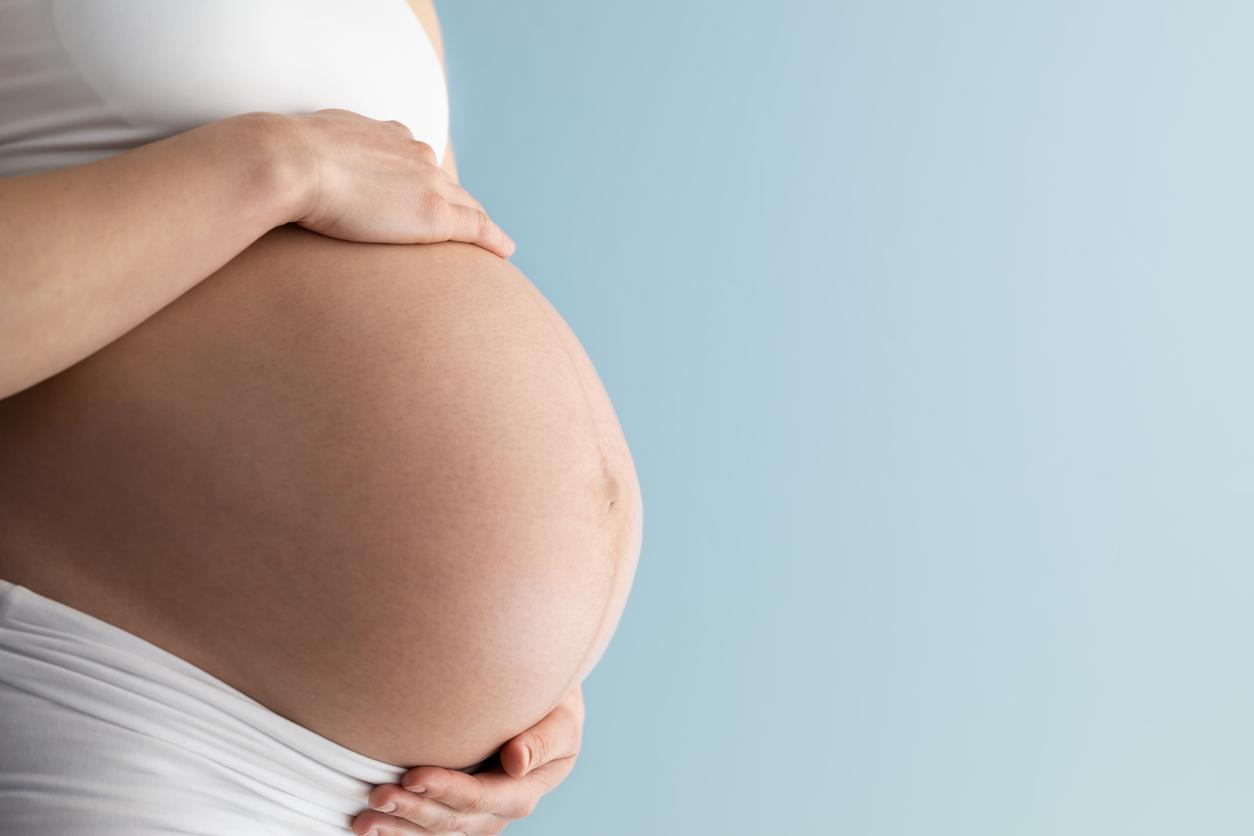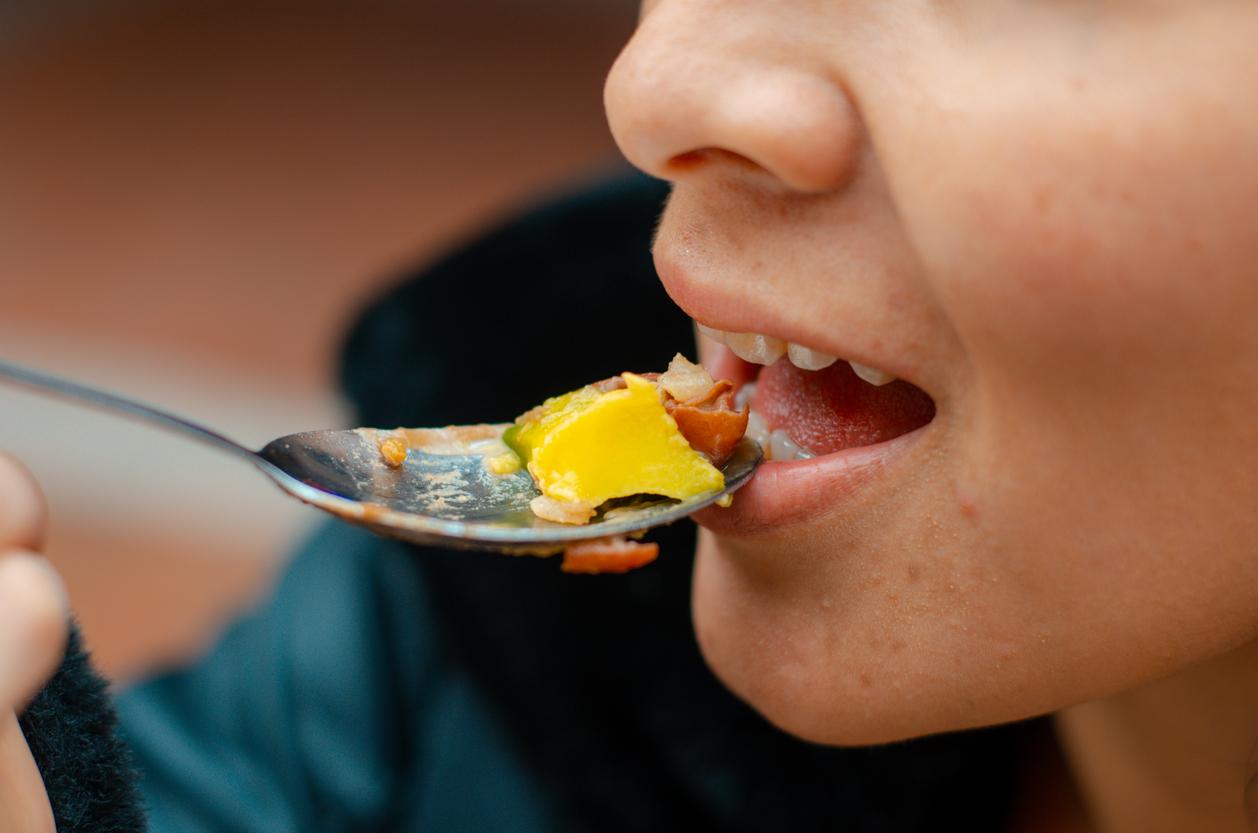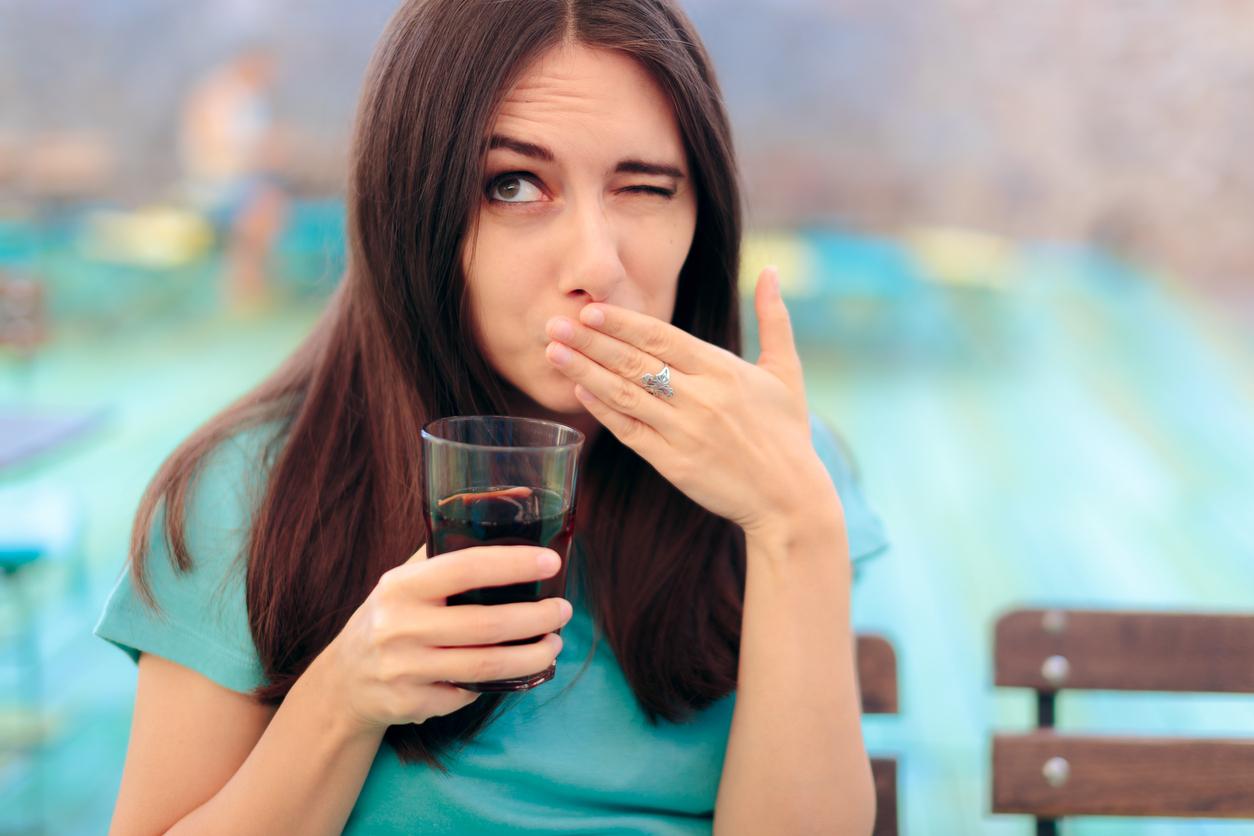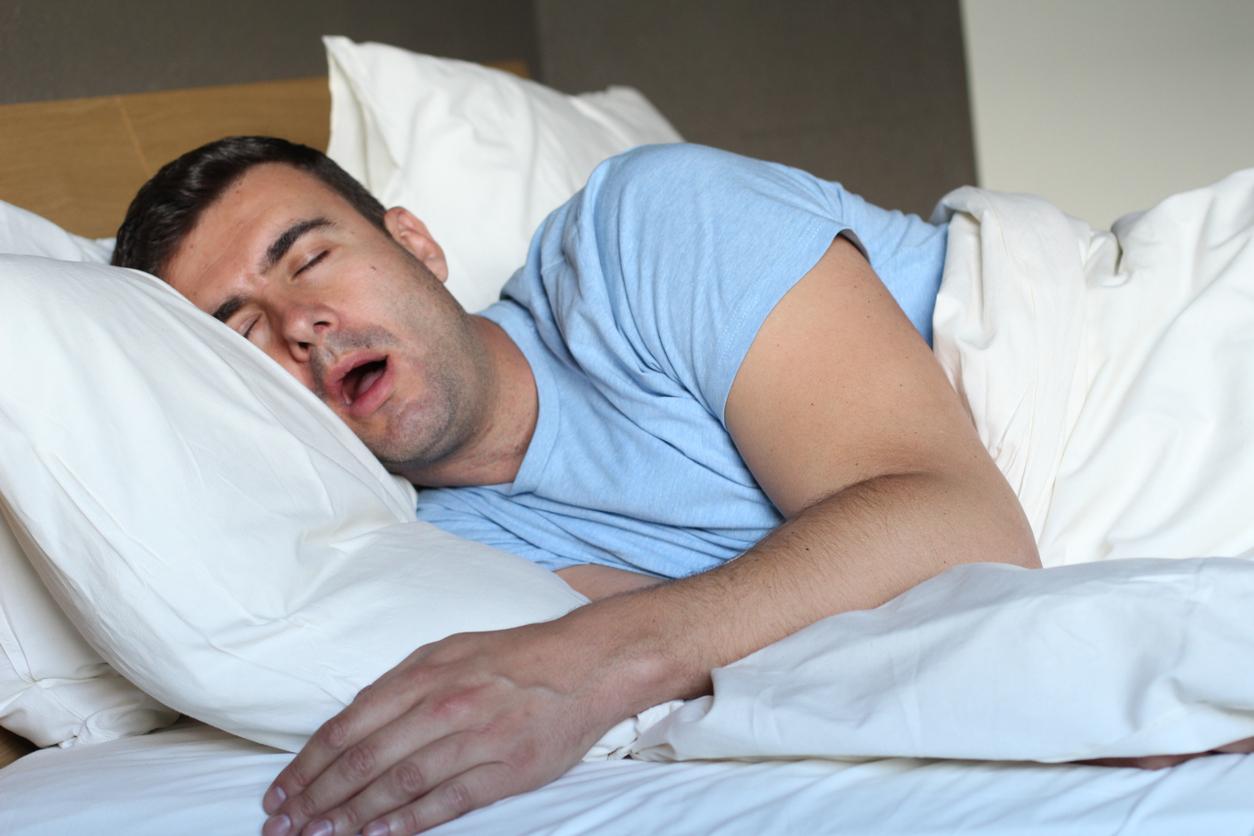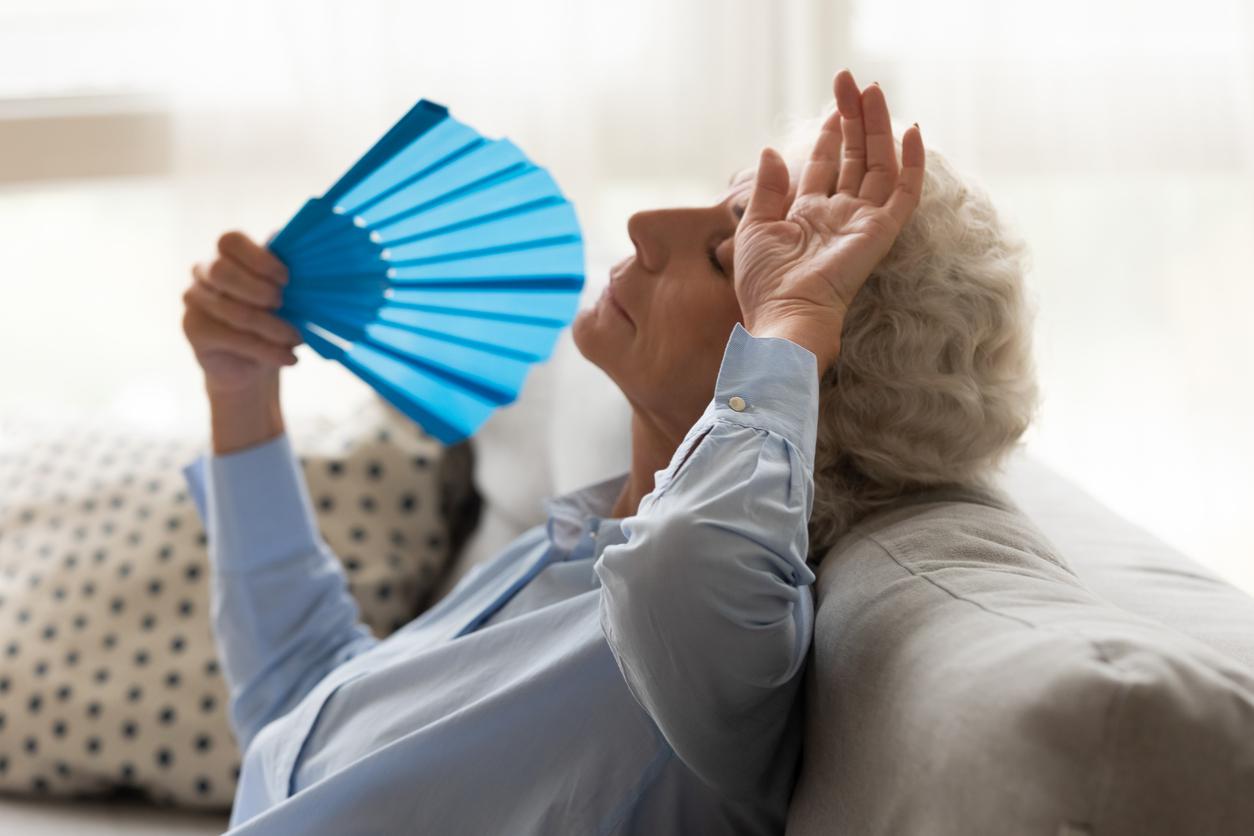
If an infected person and an uninfected person both wear a well-fitting FFP2 mask and stand together in a room for twenty minutes, the maximum chance of infection is hardly more than one per thousand. This is apparent from a study by the Max Planck Institute for Dynamics and Self-Organization in Göttingen.
FFP2 mouth masks are masks that fit closely to your face and have a filter that can largely stop virus particles. read here about the differences between face masks.
For this study, the researchers calculated the maximum risk of corona infection in a large number of situations. In doing so, they took into account factors that had not yet been included in similar studies. For example, it was investigated to what extent the incorrect connection of the mouth masks reduces the protection. The study was published in the American journal Proceedings of the National Academy of Sciences.
The research shows that people without a mouth mask are insufficiently protected against infection even at a distance of three meters. With almost one hundred percent certainty, an unvaccinated person who talks to someone with COVID-19 at this distance will be infected within five minutes. This applies if the infected person carries a high viral load of the delta variant.
If the infected and the healthy person wear well-fitting FFP2 mouth masks, the maximum chance of a corona infection after twenty minutes is barely more than one per thousand. Even when they are close to each other. The mouth mask therefore protects much better against contamination than keeping a distance, according to these researchers. They therefore urge people to wear a mouth mask. “This is why wearing a mask during a pandemic is so important,” said Bagheri, lead author of the study.
filter out
FFP2 masks and also KN95 masks are very effective, according to the researchers, because the material can filter out infectious particles from the air you breathe very well. In two people who wear a well-fitting medical mask, the maximum chance of infection is ten percent after twenty minutes. This chance is a lot higher than with the FFP2 mouth mask, but the medical mask still significantly reduces the chance of contamination compared to a situation without any mouth nose protection.
If an FFP2 mask does not fit properly on your face, the chance of infection increases by about four percent. You make a mask fit snugly on your face by folding the top metal strap into a rounded ‘W’, says Bodenschatz. ‘In this way, your glasses also fog up less quickly.’
In the Netherlands you can choose which type of mouth cap you use. For example, you can take reusable mouth caps or make your own. You may not use a scarf, buff or handkerchief as a mouth cap. This study does not make any statements about the effectiveness of homemade mouth caps. look at here all the rules in the Netherlands for wearing mouth caps. In other countries such as Austria, the Czech Republic and Germany, wearing an FFP2 mouth mask is mandatory. Here you will find all mouth cap rules per country in Europe.







